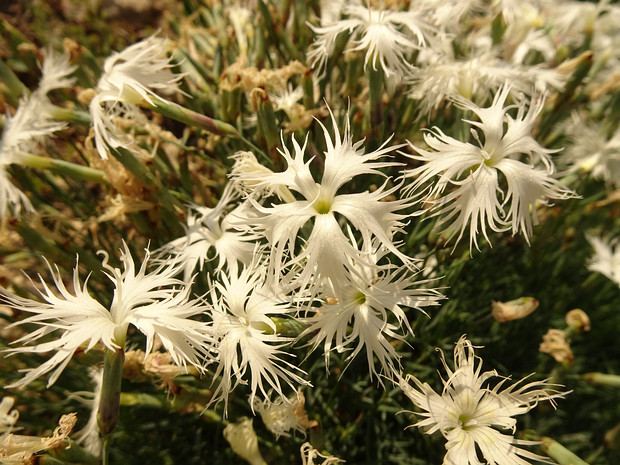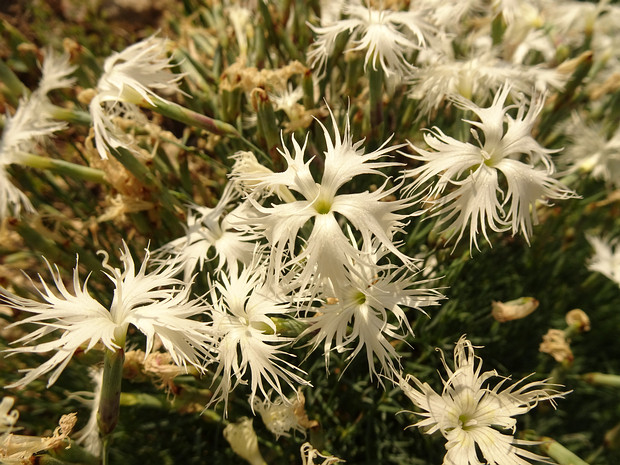
Гвоздичные - Caryophyllaceae
Caryophyllaceae, commonly called the pink family or carnation family, is a family of flowering plants. It is included in the dicotyledon order Caryophyllales in…
655 images
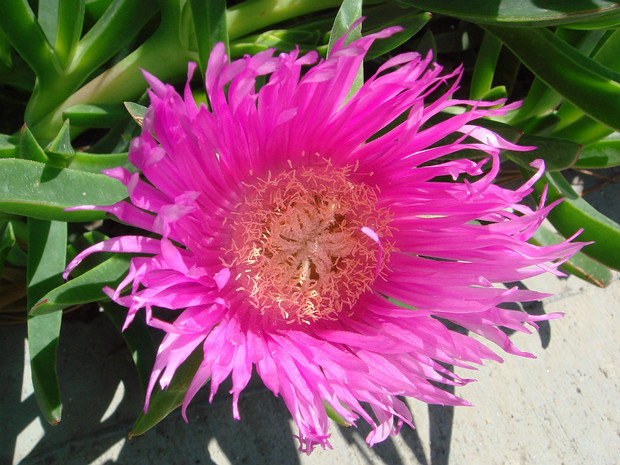
Аизовые - Aizoaceae
The Aizoaceae (fig-marigold family) is a large family of dicotyledonous flowering plants containing 135 genera and about 1800 species. They are commonly known…
108 images

Амарантовые - Amaranthaceae
Amaranthaceae is a family of flowering plants commonly known as the amaranth family, in reference to its type genus Amaranthus. It includes the former goosefoot…
280 images

Базелловые - Basellaceae
Basellaceae is a family of flowering plants, in the order Caryophyllales in the clade core eudicots, according to the Angiosperm Phylogeny Group. The family…
6 images
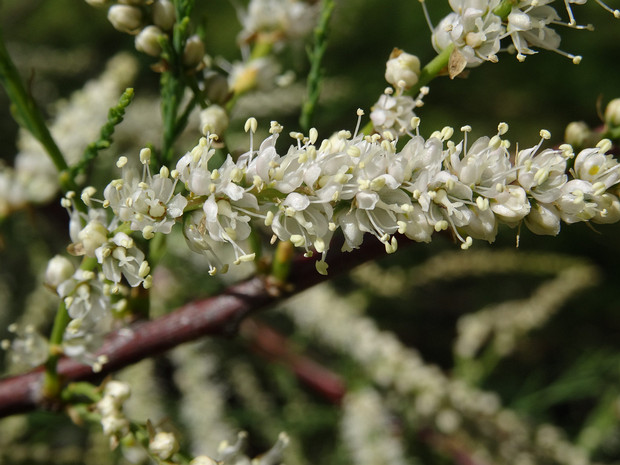
Гребенщиковые - Tamaricaceae
The Tamaricaceae are a flowering plant family (the tamarisk family) containing four genera and a total of 78 known species. In the 1980s, the family was…
17 images
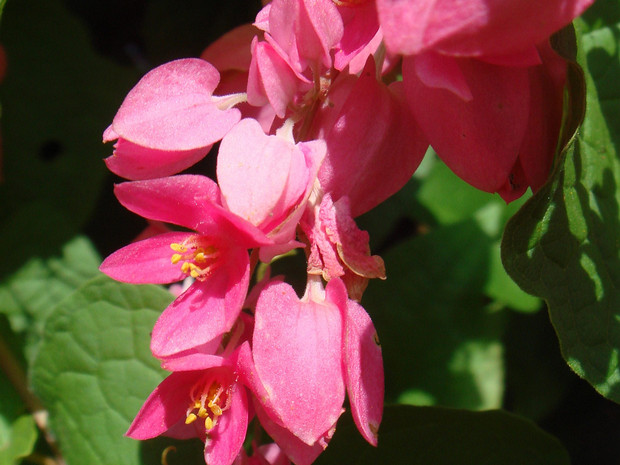
Гречишные - Polygonaceae
The Polygonaceae are a family of flowering plants known informally as the knotweed family or smartweed—buckwheat family in the United States. The name is based…
304 images
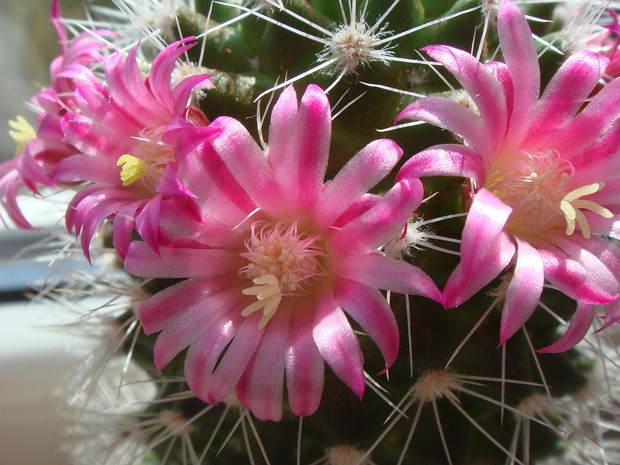
Кактусовые - Cactaceae
A cactus is a member of the plant family Cactaceae, a family comprising about 127 genera with some 1750 known species of the order Caryophyllales. The word…
278 images
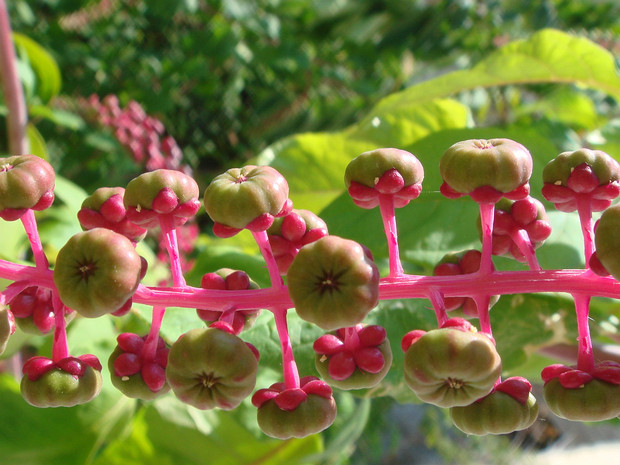
Лаконосовые - Phytolaccaceae
Phytolaccaceae is a family of flowering plants. Such a family has been almost universally recognized by taxonomists, although its circumscription has varied. It…
20 images

Монтиевые - Montiaceae
Montiaceae are a family of flowering plants, comprising about 14 genera with about 230 known species, ranging from herbaceous plants to shrubs. The family has a…
23 images

Непентовые - Nepenthaceae
Nepenthes, also known as tropical pitcher plants, is a genus of carnivorous plants in the monotypic family Nepenthaceae. The genus comprises roughly 150…
5 images
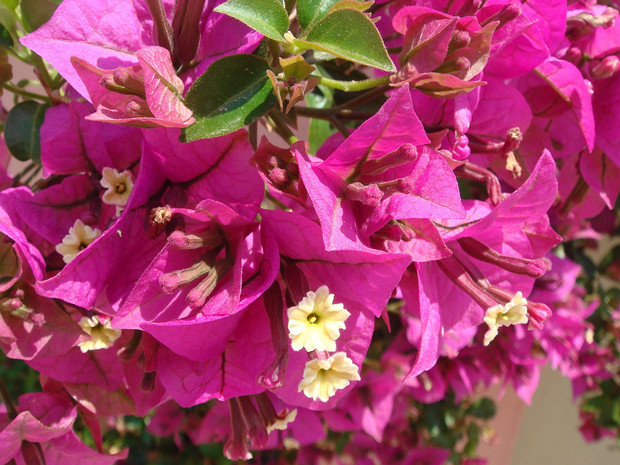
Ночецветные - Nyctaginaceae
Nyctaginaceae, the four o'clock family, is a family of around 33 genera and 290 species of flowering plants, widely distributed in tropical and subtropical…
34 images
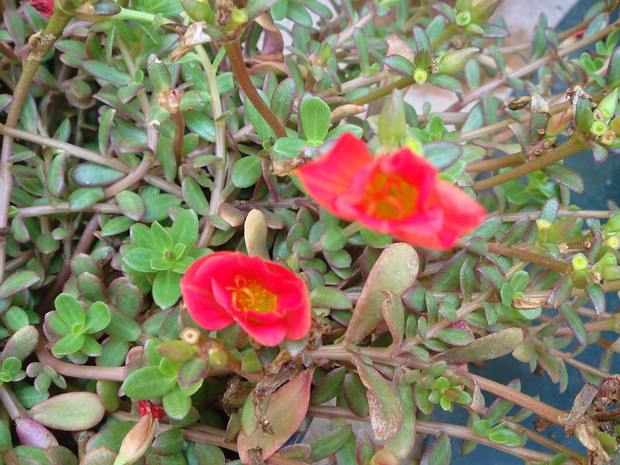
Портулаковые - Portulacaceae
The Portulacaceae are a family of flowering plants, comprising 115 species in a single genus Portulaca. Formerly some 20 genera with about 500 species, were…
17 images
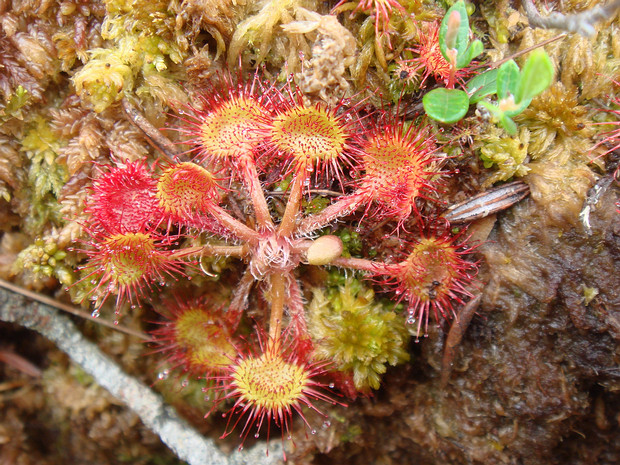
Росянковые - Droseraceae
Droseraceae is a family of flowering plants. The family is also known as the sundew family. It is a small family of carnivorous plants, which consist of…
66 images
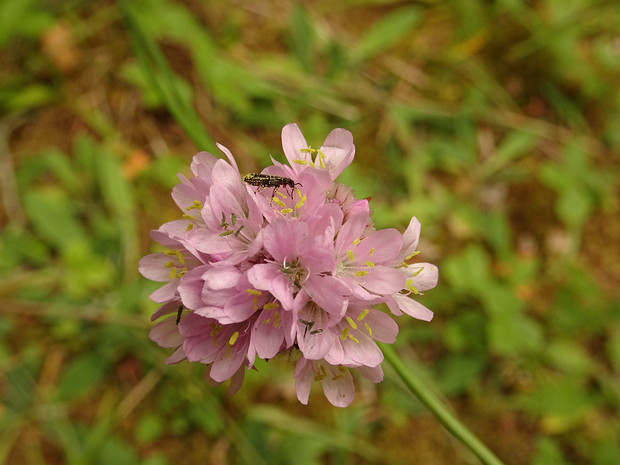
Свинчатковые - Plumbaginaceae
Plumbaginaceae is a family of flowering plants, with a cosmopolitan distribution. The family is sometimes referred to as the leadwort family or the plumbago…
59 images
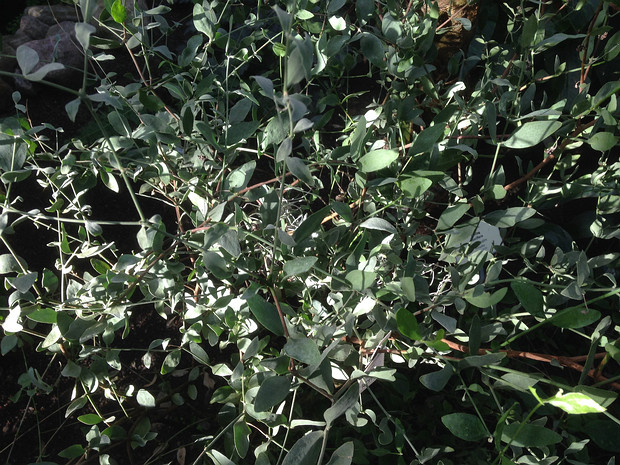
Симмондсиевые - Simmondsiaceae
Simmondsiaceae or the jojoba family is a family of flowering plants. The family is not recognized by all taxonomic systems, the single species, Simmondsia…
3 images

